Apple taps into Chinese mind – mixing their perception of gold with cyclical obsolescence of the mobile phone.
Bringing together China and gold is a recipe for success. A recent decline in the price of the yellow metal has revealed immense pent-up demand for shiny trinkets in Asia. The volume of gold jewelry sold in Hong Kong was up 66 percent year-on-year in the second quarter of 2013, according to the World Gold Council. Mainland China saw 50 percent growth. Apple did not need to read boring market reports to figure out it needed a gold-colored model for Asia. It would have been enough to walk the streets of Hong Kong and see the crowds in the jewelry stores. Leonid Bershidsky, 2013
– – –
China + Gold = 9 Million iPhones Sold
By Leonid Bershidsky
Source – Bloomberg, published Sep 25, 2013

The gold version of the iPhone 5S is displayed at an Apple store on September 20, 2013 in New York City. Photograph by Andrew Burton/Getty Images
I have two words for those who still think Apple’s marketing genius died with Steve Jobs: China and gold.
In preparing the debut of its two new iPhone models, the 5s and 5c, Apple made the crucial decision to include China in the product launch, and to offer a gold-colored high-end phone. Voila, a sales record: 9 million iPhones sold in the opening weekend, up from 5 million for the original iPhone 5.
Bringing together China and gold is a recipe for success. A recent decline in the price of the yellow metal has revealed immense pent-up demand for shiny trinkets in Asia. The volume of gold jewelry sold in Hong Kong was up 66 percent year-on-year in the second quarter of 2013, according to the World Gold Council. Mainland China saw 50 percent growth. Apple did not need to read boring market reports to figure out it needed a gold-colored model for Asia. It would have been enough to walk the streets of Hong Kong and see the crowds in the jewelry stores.
Gold is a well-used marketing tool in the world of mobile devices. “Dumb” phone manufacturers have used the hue, especially in Asian markets and Russia, ever since color handsets came into existence in the early 2000s. Nokia made fun of the gold iPhone 5s, tweeting from its UK corporate account, “Real gangsters don’t use gold phones.” The Finnish company itself, however, has produced a number of gold-colored models, including one that used genuine 18K gold plate.
Please click here to read the entire article at Bloomberg online.
Filed under: Advertising, Apple, Beijing Consensus, China Dream, Chinese Model, Communications, Culture, Domestic Growth, Economics, Government & Policy, Great Firewall, History, Influence, Intellectual Property, Internet, Mapping Feelings, Modernisation, Peaceful Development, Public Diplomacy, Resources, Social, Soft Power, Strategy, Technology, The Chinese Identity, The construction of Chinese and Non-Chinese identities, Trade, U.S.



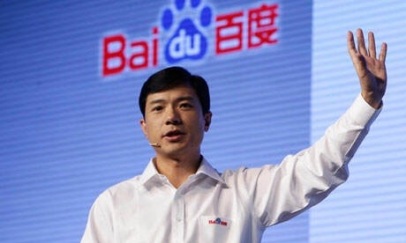

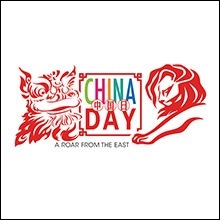
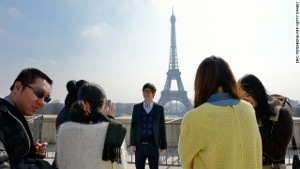
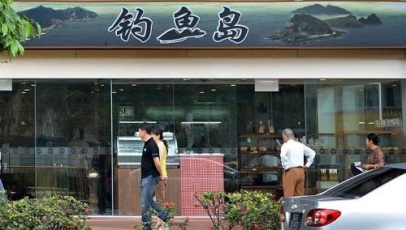




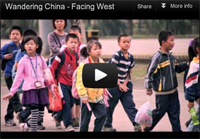

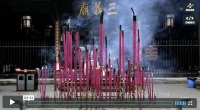



The Sharing Circle